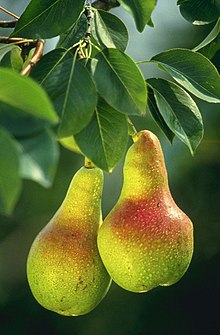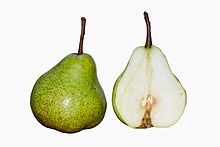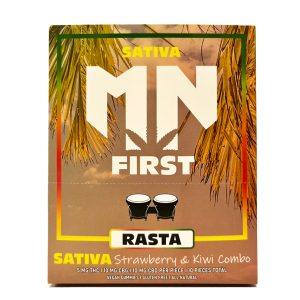**Botanical Information**:
– Pear is native to coastal and mildly temperate regions of the Old World.
– It is a medium-sized tree, reaching 10–17m tall.
– Leaves are alternately arranged, simple, 2–12cm long.
– Flowers are white, rarely tinted yellow or pink, 2–4cm in diameter.
– The fruit is a pome, typically 1–4cm in diameter.
– Over 20 primary species of pear are recognized, with European pear being a major species.
– Pear wood was historically used for fine furniture.
**Cultivation and Harvest**:
– Pear cultivation dates back to prehistoric times, with evidence found in China as early as 2000 BC.
– Three main species account for the majority of edible fruit production.
– Pears are normally propagated by grafting onto rootstocks.
– Flowers can be cross-bred to preserve or combine desirable traits.
– Summer and autumn cultivars of Pyrus communis are climacteric fruits.
– The European pear is cultivated mainly in Europe and North America.
**Production and Trade**:
– World production of pears in 2022 was 26 million tonnes, with China leading production at 73%.
– 48% of pears in the Southern Hemisphere come from the Patagonian valley in Argentina.
– Argentina ranks second globally in pear exports, highlighting the significance of pear exports from Río Negro.
**Storage and Usage**:
– Pears can be stored at room temperature until ripe and then refrigerated for 2 to 3 days.
– Ethylene gas accelerates pear ripening, and refrigeration slows further ripening.
– Pears are consumed fresh, canned, as juice, and dried, with uses in jellies, jams, and pear cider.
– Pear wood is used for woodwind instruments, furniture, carving, and kitchen utensils.
**Nutritional Value and Cultural Significance**:
– Raw pears are 84% water and 15% carbohydrates, low in protein and fat.
– Pears contain dietary fiber, vitamins, minerals, and have potential cardiovascular health benefits.
– Pears have cultural significance in various mythologies and religions.
– Mentioned in literary works like the Odyssey and the Twelve Days of Christmas.
Pears are fruits produced and consumed around the world, growing on a tree and harvested in late summer into mid-autumn. The pear tree and shrub are a species of genus Pyrus /ˈpaɪrəs/, in the family Rosaceae, bearing the pomaceous fruit of the same name. Several species of pears are valued for their edible fruit and juices, while others are cultivated as trees.
| Pear | |
|---|---|

| |
| European pear branch with two pears | |

| |
| Pear fruit cross section | |
| Scientific classification | |
| Kingdom: | Plantae |
| Clade: | Tracheophytes |
| Clade: | Angiosperms |
| Clade: | Eudicots |
| Clade: | Rosids |
| Order: | Rosales |
| Family: | Rosaceae |
| Subfamily: | Amygdaloideae |
| Tribe: | Maleae |
| Subtribe: | Malinae |
| Genus: | Pyrus L. |
| Species | |
|
About 30 species; see text | |
The tree is medium-sized and native to coastal and mildly temperate regions of Europe, North Africa, and Asia. Pear wood is one of the preferred materials in the manufacture of high-quality woodwind instruments and furniture.
About 3,000 known varieties of pears are grown worldwide, which vary in both shape and taste. The fruit is consumed fresh, canned, as juice, dried, or fermented as perry.
English
Etymology
From Middle English pere, from Old English pere, from Proto-West Germanic *peru, from Vulgar Latin *pira, originally the plural of Latin pirum but reconstrued as a feminine singular, ultimately a loanword from an unknown Mediterranean substrate source.





